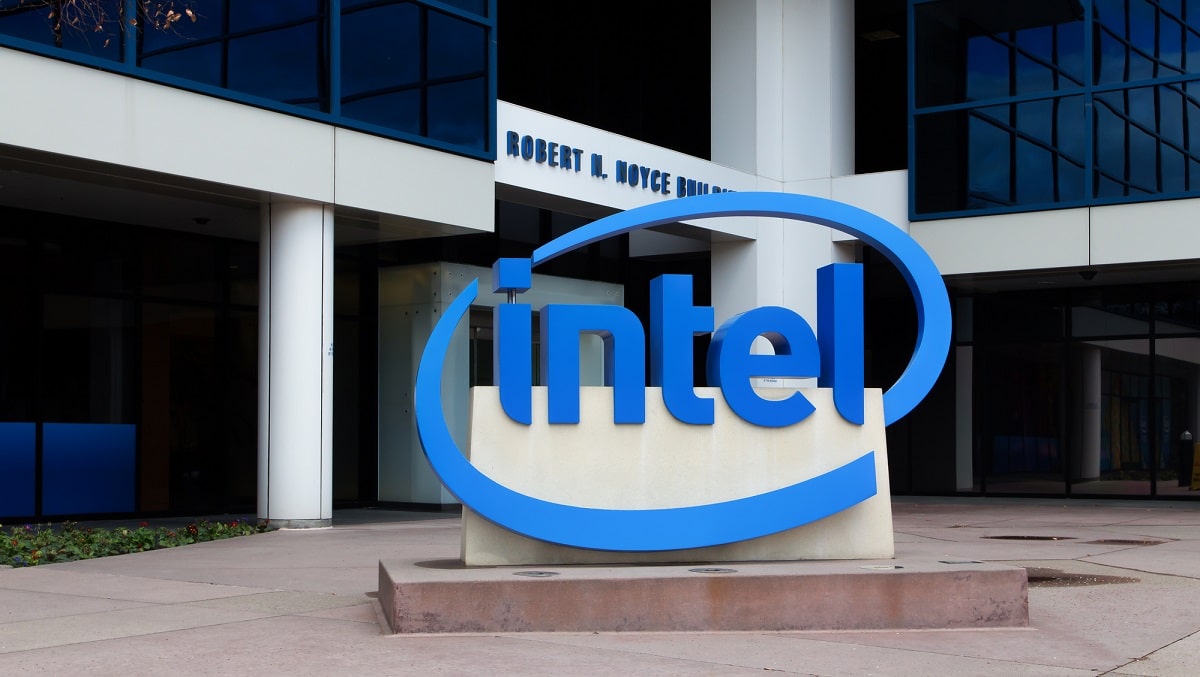Here comes the second-generation research chip from Intel, a brand that also features a new open software framework to accelerate developer innovation.
Intel introduces the Loihi 2 chip and the Lava framework
Today Intel unveiled Loihi 2, the second generation neuromorphic chip for research. And not only that, the company also presents Lava, an open-source software framework for developing applications inspired by neural systems. This announcement marks a major advance in Intel’s neuromorphic technology.
“Loihi 2 and Lava are born after years of research and collaboration carried out using Loihi” – he says Mike Davies, director of Intel’s Neuromorphic Computing Lab – “Our second generation chip dramatically improves the speed, programmability and capability of neuromorphic computing, extending its use in intelligent computing applications with particular computing power and latency needs. We have made Lava open-source to meet the needs of software convergence, benchmarking and cross-platform collaboration in the field ”.
Neuromorphic computation draws information from neuroscience to create chips that function similar to that of a biological brain. This aims to improve energy efficiency and computation speed by a few orders of magnitude. It also improves the learning efficiency of a wide range of edge applications. These include vision, voice and gesture recognition, data search and retrieval, robotics, optimization problem solving. Among the applications that Intel and its partners have demonstrated to date we can list: robotic arms, neuromorphic skin, olfactory recognition.
The development of the Loihi 2 chip
The Loihi 2 research chip builds on Intel’s advancements in processing technology and asynchronous design methods.
- The advances of Loihi 2 enable the architecture to support new classes of neurological algorithms and applications, while providing up to 10x faster processing speeds1, up to 15x greater resource density with up to 1 million neurons per chip, and better energy efficiency. Benefitting from a close collaboration with Intel’s Technology Development Group, Loihi 2 was built on the basis of a pre-production version of the Intel 4 process, which highlights its progress.
- The Lava software framework responds to the need to have a common software framework available to the research community. Lava will allow researchers and developers to build on each other’s progress and converge on a common set of tools, methods and libraries. Lava works seamlessly on heterogeneous architectures between conventional and neuromorphic processors. It enables cross-platform execution and interoperability with numerous artificial intelligence, neuromorphic and robotic frameworks. Developers can start building neuromorphic applications without having to equip themselves with specialized neuromorphic hardware. They can also contribute to the Lava code base, including porting it to run on other platforms.
“Researchers at Los Alamos National Laboratory used the Loihi neuromorphic platform to study the respective advantages of quantum and neuromorphic computing, as well as implementing learning processes on a chip,” said Dr. Gerd J. Kunde, staff scientist del Los Alamos National Laboratory. “Our team is thrilled to continue this research with the second generation Loihi 2 chip.”
The main features of Loihi 2 and Intel Lava
Loihi 2 and Lava provide researchers with the tools to develop and characterize neural system-inspired applications for real-time processing, problem-solving, adaptation and learning. Among the main features:
- Faster and more generalized optimization: Loihi 2’s increased programmability will enable it to address a wider range of complex optimization problems, including real-time optimization, scheduling and decision making from edge systems to data centers.
- New approaches to continuous and associative learning: Loihi 2 improves support for advanced learning methods. These also include variations in back propagation, the basic algorithm of deep learning. This broadens the scope of adaptation of energy-efficient learning algorithms, which can take place in low-power devices operating in online environments.
- New neural networks instructible through deep learning: Fully programmable neuronal models and generalized spike messaging in Loihi 2 open the door to a wide range of new neural network models that can be educated through deep learning.
- Seamless integration with real application robotic systems: Loihi 2 solves a practical limitation of Loihi by incorporating faster, more flexible and more standardized input / output interfaces. Loihi 2 chips will support Ethernet interfaces, glueless integration with a wider range of event-based visual sensors and larger mesh networks.
















Leave a Reply
View Comments